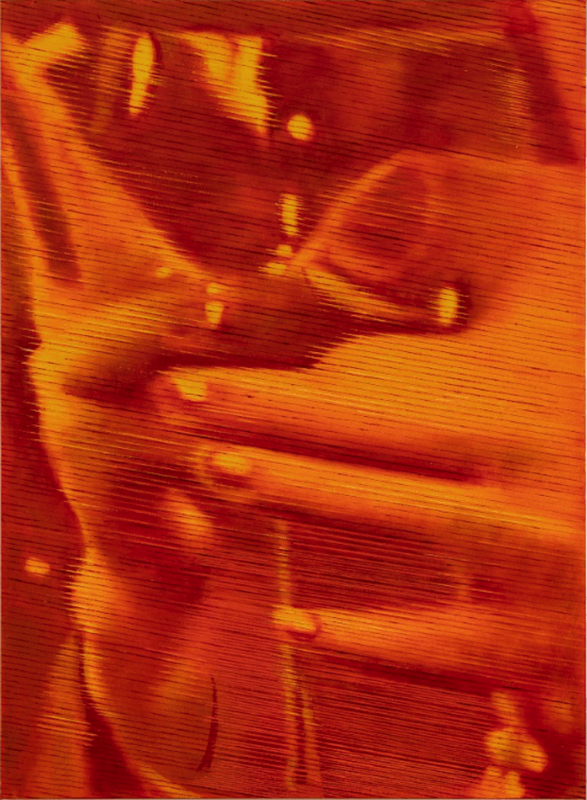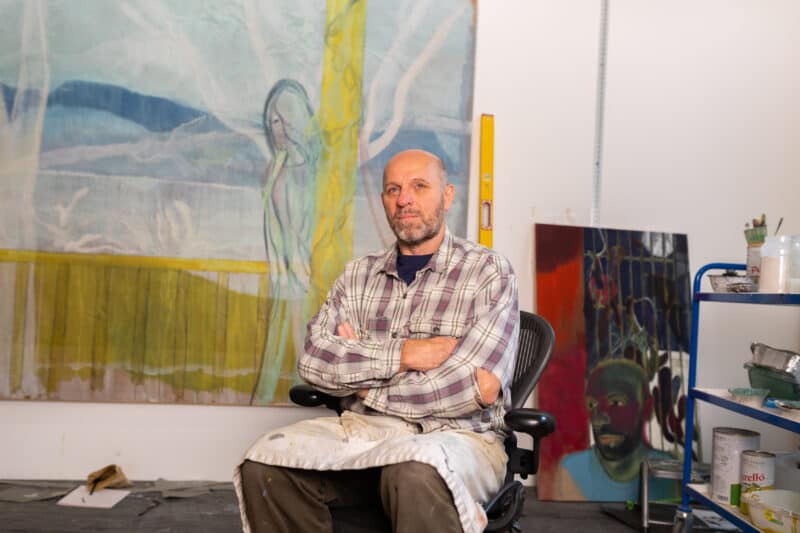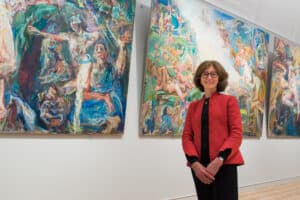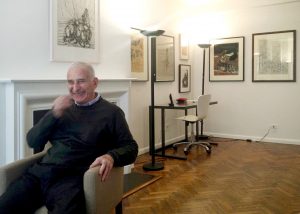The Courtauld Institute of Art has completed a major five-year project to open up its internationally-renowned collection of photographs to the public for free, working with 14,000 volunteers to digitise over one million images from The Conway Library as part of the biggest public inclusion project in The Courtauld’s history.
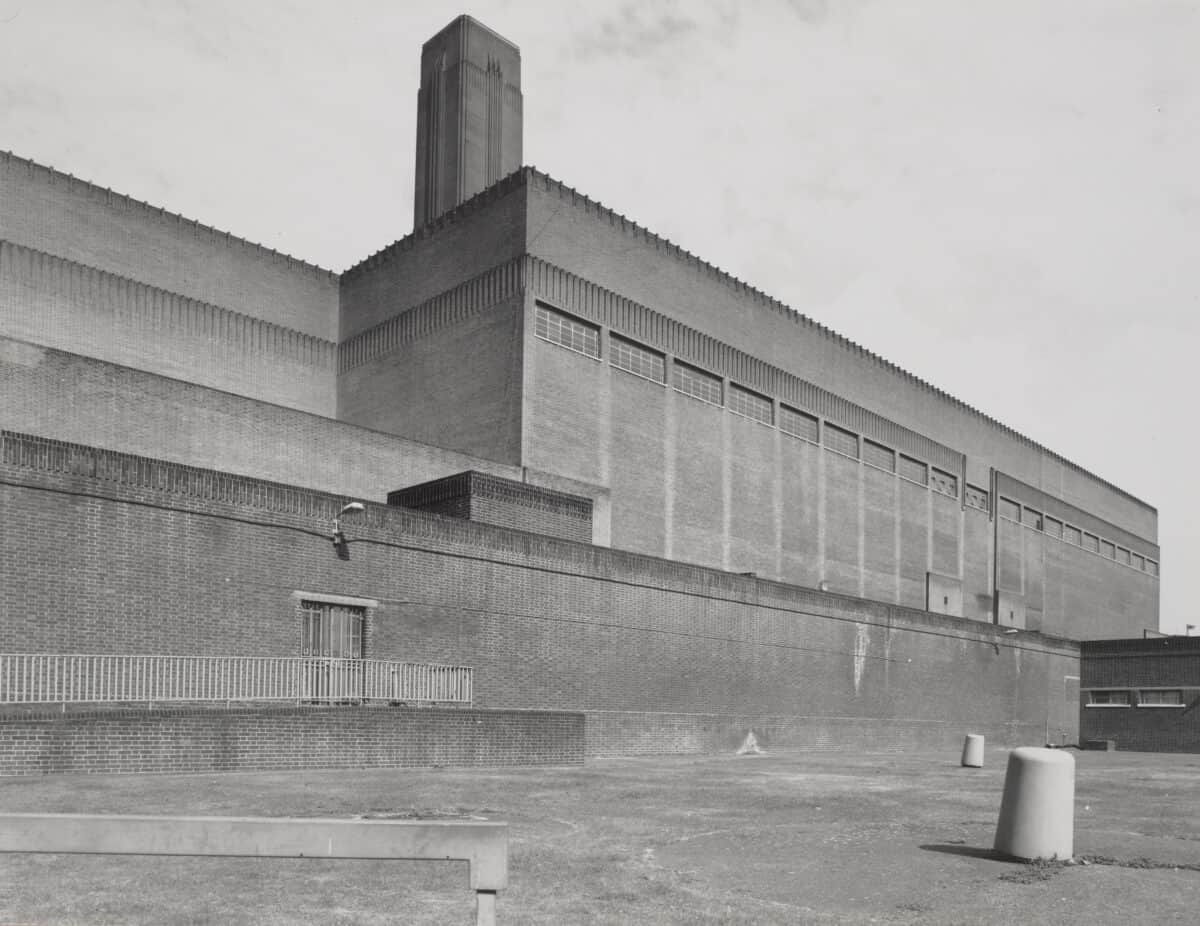
Since 2017, almost 2,000 in-person volunteers ranging from ages 18 – 86 have been working closely with The Courtauld to catalogue and photograph every image in The Conway Library collection – the majority of which have never been seen before. Volunteers were recruited from a wide variety of organisations, schools and charities, including The Terrance Higgins Trust, The One Housing Foundation, BeyondAutism, and My Action for Kids. A further 12,000 volunteers participated remotely online.
The Conway Library photographic collection will be available to explore online via The Courtauld website from today Friday 28th April 2023.
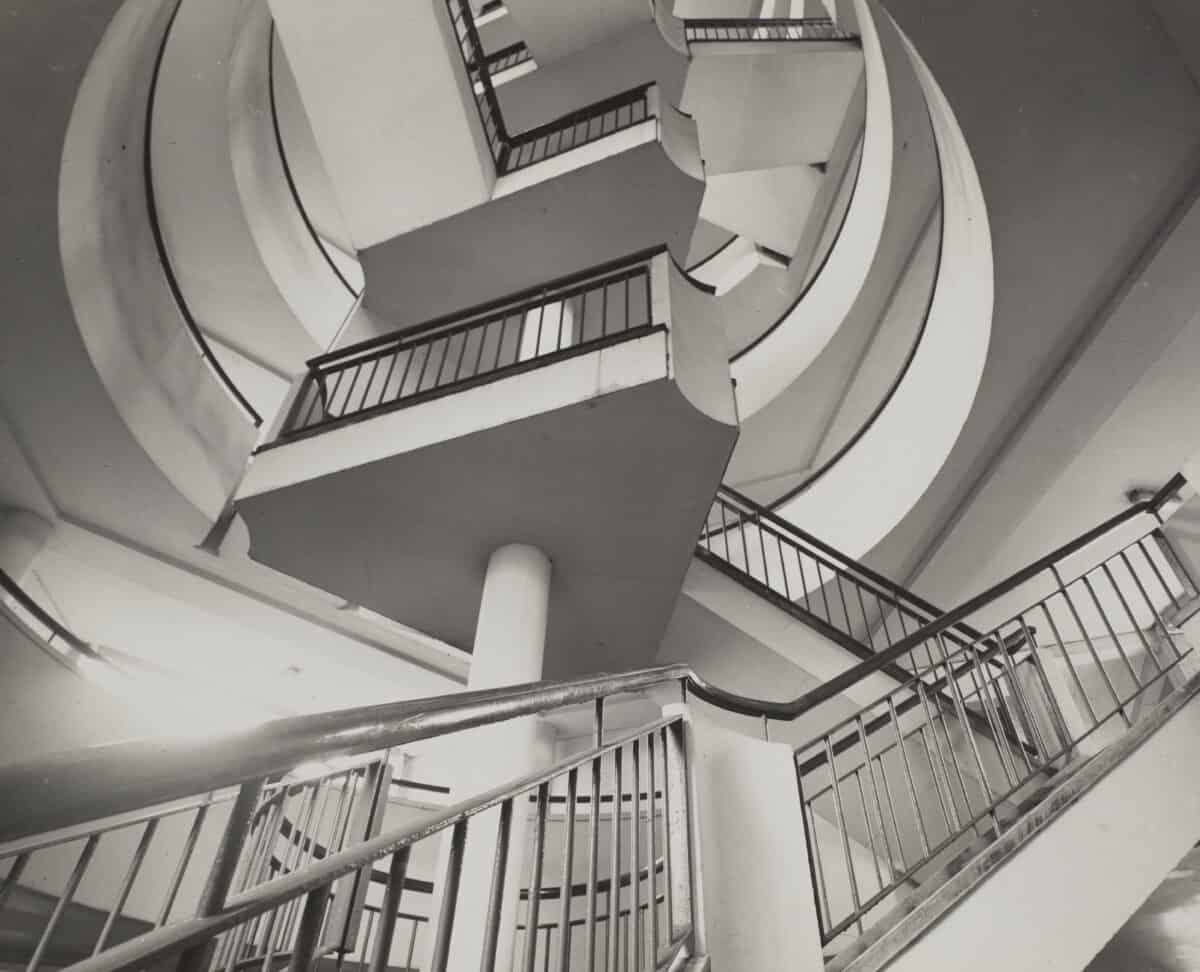
Located at The Courtauld at Somerset House in London, The Conway Library contains over one million images dating from the inception of photography to the present day: photographs and cuttings of world architecture, sculpture, paintings, and decorative objects, including rare 19th Century photographs of world architecture, unpublished images revealing bomb damage across Europe following WWII, and T.E. Lawrence’s photographs of Saudia Arabia. The project also includes 160,000 prints by Britain’s leading architectural photographer of the 20th Century Anthony Kersting, documenting his extensive expeditions across the Middle East.
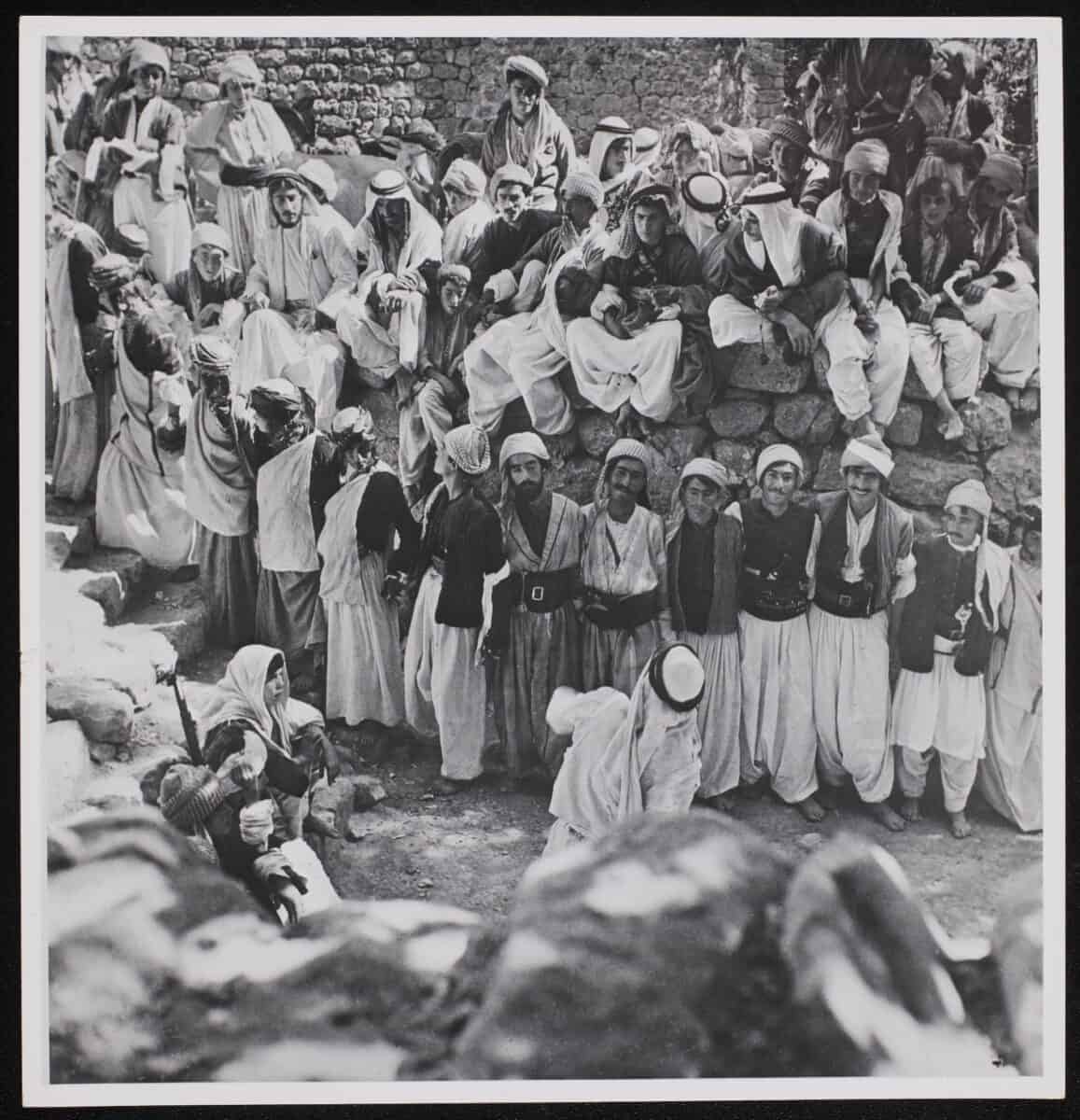
The digitisation project, supported by the National Lottery Heritage Fund, has become the largest and most diverse public inclusion project in The Courtauld’s history, introducing new audiences and uncovering new insights into this remarkable collection. The entire collection is now available as high-resolution images, making the library easier to use as a tool for research and education and enabling a wider audience to access it.
Tom Bilson, Head of Digital Media at The Courtauld and Director of the digitisation project, said:
When we began the ambitious project to make The Courtauld’s Conway photographic library available online to the public in 2017, we expected no more than a handful of volunteers. It turned into the largest public inclusion project in The Courtauld’s history – working with a truly diverse community of volunteers to engage with some of the most vulnerable people in our society, many of whom have historically been excluded from these kinds of opportunities in the heritage sector. Projects such as this have the capaicty to transform cultural organisations by aligning it closely with new audiences that perhaps could never have been reached.
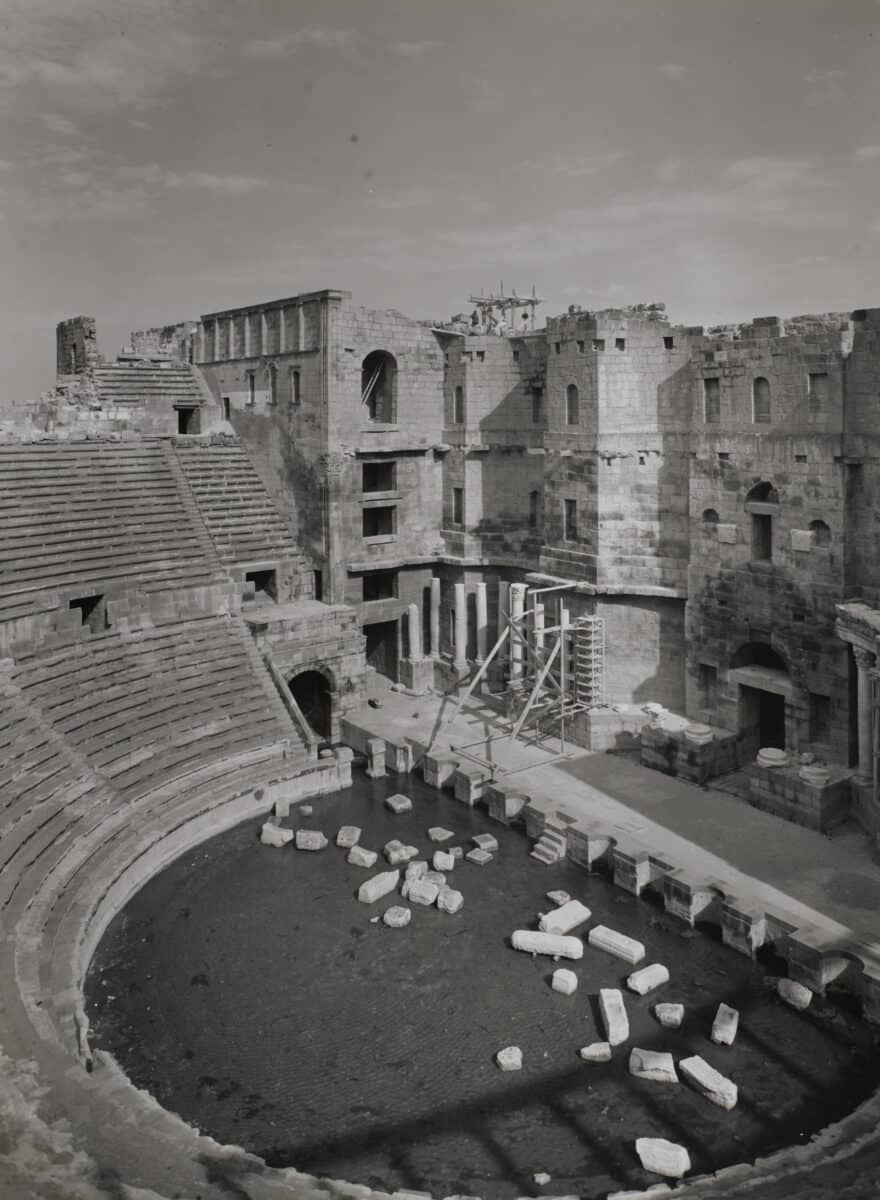
Founded by journalist, mountaineer, politician, and art historian Lord Conway of Allington, the Conway Library collection was bequeathed to The Courtauld Institute of Art when it was founded in 1932. Since then, the collection has developed continuously as a teaching and research collection with gifts from photographers and collectors.
Highlights from The Conway Library include:
- The archive of 160,000 prints of Anthony Kersting – Britain’s leading architectural photographer, the most prolific and widely travelled of his generation. Best known for his photographs of British architecture, he joined the RAF in 1941 stationed in Cairo in a photographic unit. From there he undertook extensive photographic expeditions throughout the Middle East and across the world throughout the 1940s and 50s.
- The Ministry of Works collection – hundreds of unpublished photographs taken by soldiers, historians, and architects across Europe that reveal cityscapes reduced to rubble by bomb damage during the final days of World War II.
- T.E. Lawrence’s photographs of Saudi Arabia.
- The De Laszlo Collection, an archive of 22,000 glass plates including images of works by major early 20th Century British artists.
- Images of Istanbul from the 1850s by pioneering 19th Century photographer James Robertson.
- Important photographs documenting the history of social housing in Britain, including Highpoint Flats by Tecton Group, London, and the Brutalist Park Hill Flats, Sheffield.
At the heart of the Conway Library digitisation project is a commitment to honouring the material essence of the photograph as a physical object, maintaining the original context of the material image by making it available online without cropping, with lighting to reveal its texture and composition.
Explore the collection online: photocollections.courtauld.ac.uk
